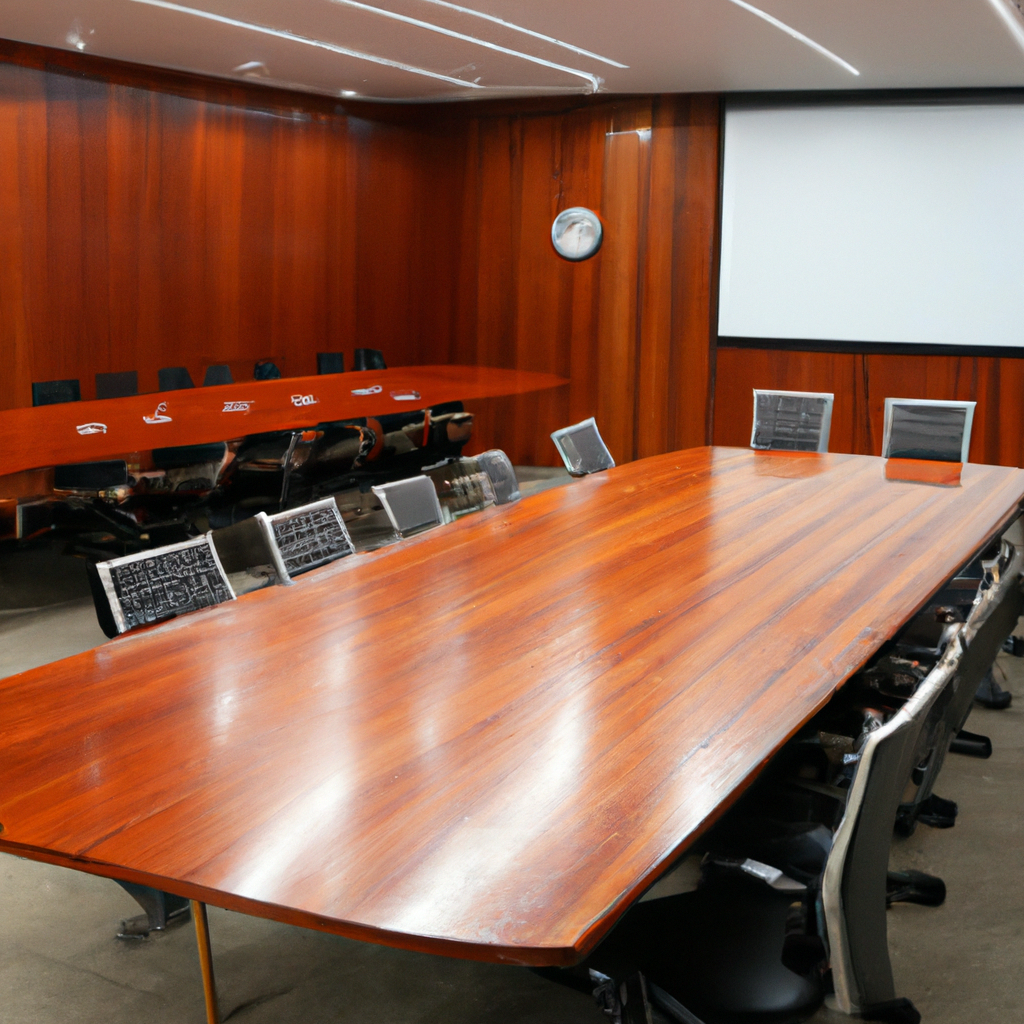Professional meeting spaces are more than just rooms with a table and chairs; they are purposefully designed environments that encourage communication, innovation, and collaboration. These spaces are where ideas are born, plans are made, and business objectives are achieved. Whether it’s a formal boardroom, a cozy conference room, or a modern huddle space, the right setup can significantly impact the outcome of a meeting.

1. The Importance of Professional Meeting Spaces
The significance of well-designed meeting spaces cannot be underestimated. They serve as the heart of a company’s decision-making process, enabling teams to exchange ideas, strategize, and align their efforts toward common goals. A conducive meeting space sets the tone for productive discussions and inspires participants to actively engage.
2. Location and Accessibility
The first consideration for creating an effective professional meeting space is its location within the office or building. It should be easily accessible to all relevant parties, minimizing the time spent on travel. A central and convenient location also fosters a sense of inclusivity and ensures that team members are more likely to attend meetings promptly.
3. Layout and Furniture
The layout of a meeting space plays a crucial role in promoting collaboration and creativity. The furniture arrangement should be carefully planned to encourage face-to-face interactions and make the best use of available space. Modular and flexible furniture allows for easy reconfiguration to accommodate different meeting formats.
4. Audio-Visual Equipment
To ensure seamless presentations and video conferencing, state-of-the-art audio-visual equipment is essential. High-quality projectors, screens, microphones, and speakers enhance communication and engagement, making remote participants feel as if they are physically present in the room.
5. Lighting and Ambiance
Proper lighting can significantly impact the mood and atmosphere of a meeting. Ample natural light creates an inviting and energizing environment, while adjustable artificial lighting allows for customization based on the meeting’s requirements. Creating a warm and comfortable ambiance can help ease tension and encourage open discussions.
6. Technology Integration
Integrating technology into the meeting space can streamline processes and enhance productivity. From interactive whiteboards and wireless screen sharing to smart automation systems, the right technology can make meetings more efficient and interactive.
7. Connectivity and Internet Access
A reliable internet connection is paramount for virtual meetings and accessing online resources during discussions. A professional meeting space should have high-speed internet connectivity to prevent disruptions and enable seamless communication.
8. Acoustics and Noise Control
Unwanted noise and distractions can hamper productive discussions. Acoustic treatments and noise-canceling features help create a quiet and focused environment, ensuring that participants can concentrate on the agenda at hand.
9. Ergonomics and Comfort
Long meetings can be physically taxing, leading to decreased productivity and engagement. Comfortable seating with proper ergonomic support ensures that attendees remain attentive and focused throughout the meeting.
10. Green and Sustainable Elements
Incorporating sustainable elements in the meeting space showcases a company’s commitment to environmental responsibility. Energy-efficient lighting, recycled materials, and indoor plants contribute to a more eco-friendly and health-conscious atmosphere.
11. Personalization and Branding
Customizing the meeting space with the company’s branding and personality adds a touch of professionalism and reinforces the organization’s identity. A branded meeting space also leaves a lasting impression on clients and visitors.
12. Maintaining Cleanliness and Order
A well-maintained meeting space reflects positively on a company’s image. Regular cleaning and organization ensure that the space remains presentable and conducive to productive discussions.
13. Flexibility and Adaptability
Meeting spaces should be designed to accommodate various types of meetings and group sizes. Flexibility in layout and technology allows for seamless transitions between different meeting formats, from one-on-one discussions to large-scale presentations.
14. Budget Considerations
Creating the perfect meeting space doesn’t necessarily require exorbitant costs. Smart budget planning and prioritizing essential elements can result in a functional and inviting environment without compromising quality.
Conclusion
In conclusion, professional meeting spaces are essential for fostering productivity and comfort in business environments. Thoughtful design, technology integration, comfort, and sustainability all contribute to creating an environment that inspires creativity, effective communication, and collaboration. By investing in these essential elements, companies can ensure that their meetings are not only productive but also enjoyable, ultimately leading to improved outcomes and success in their endeavors.